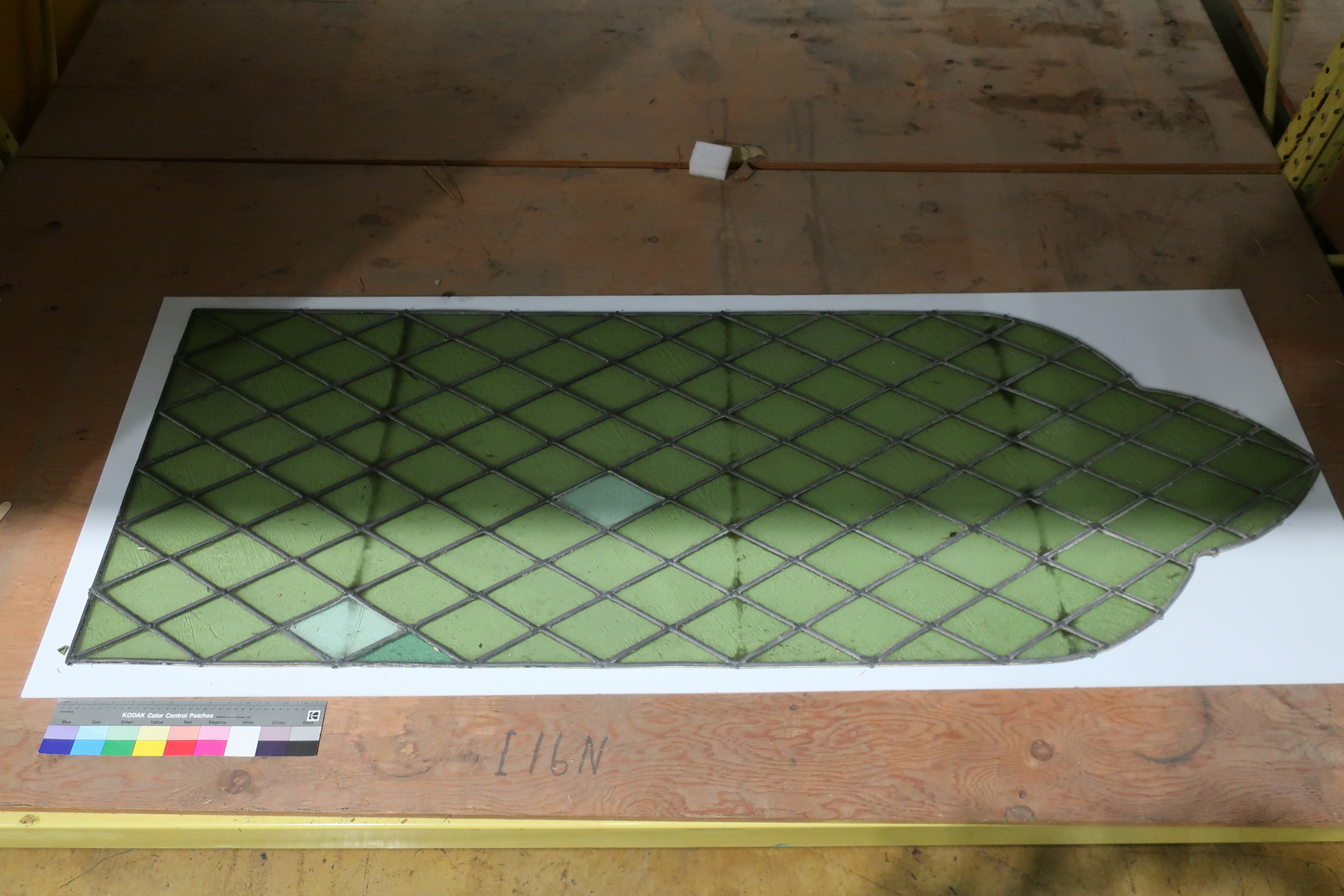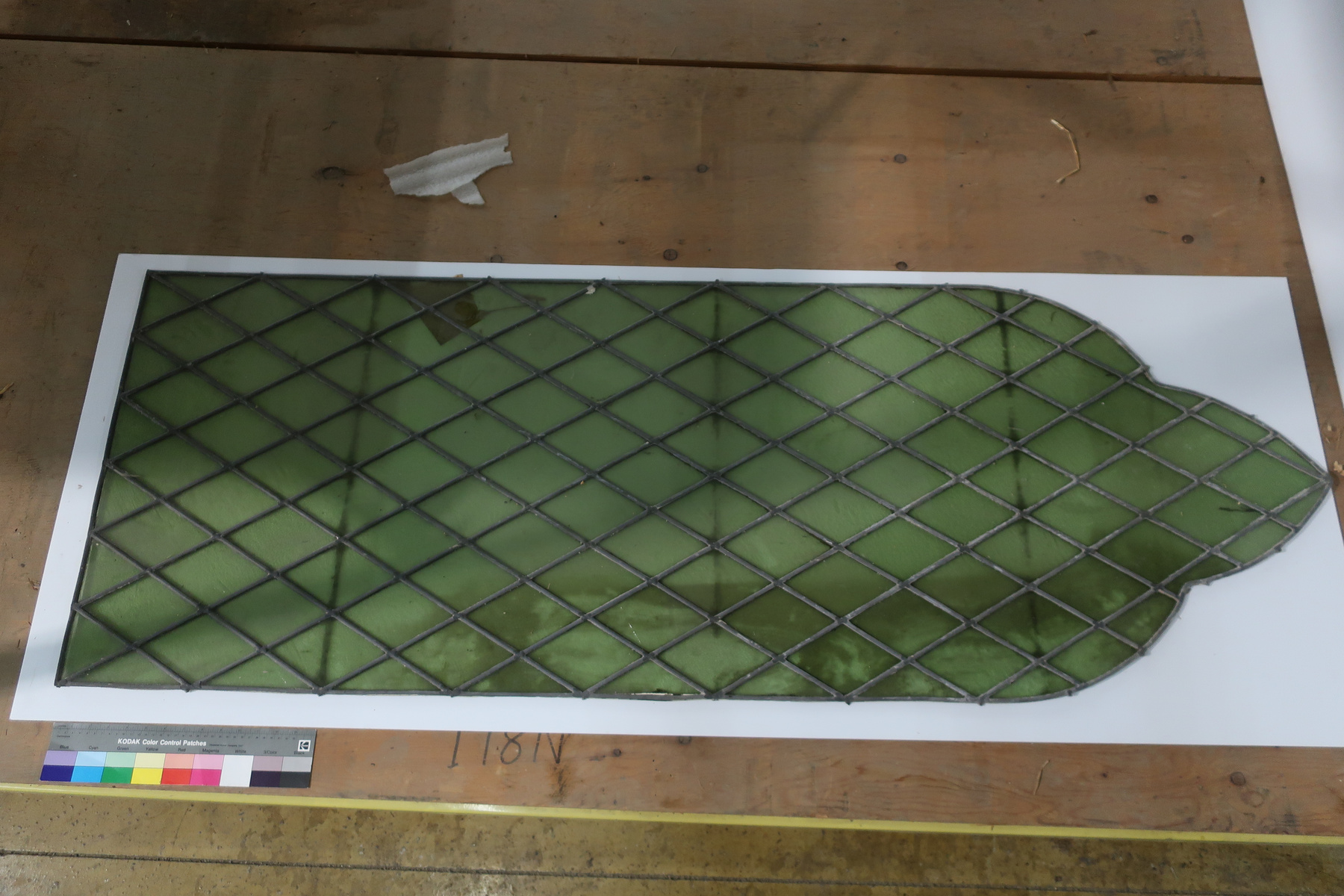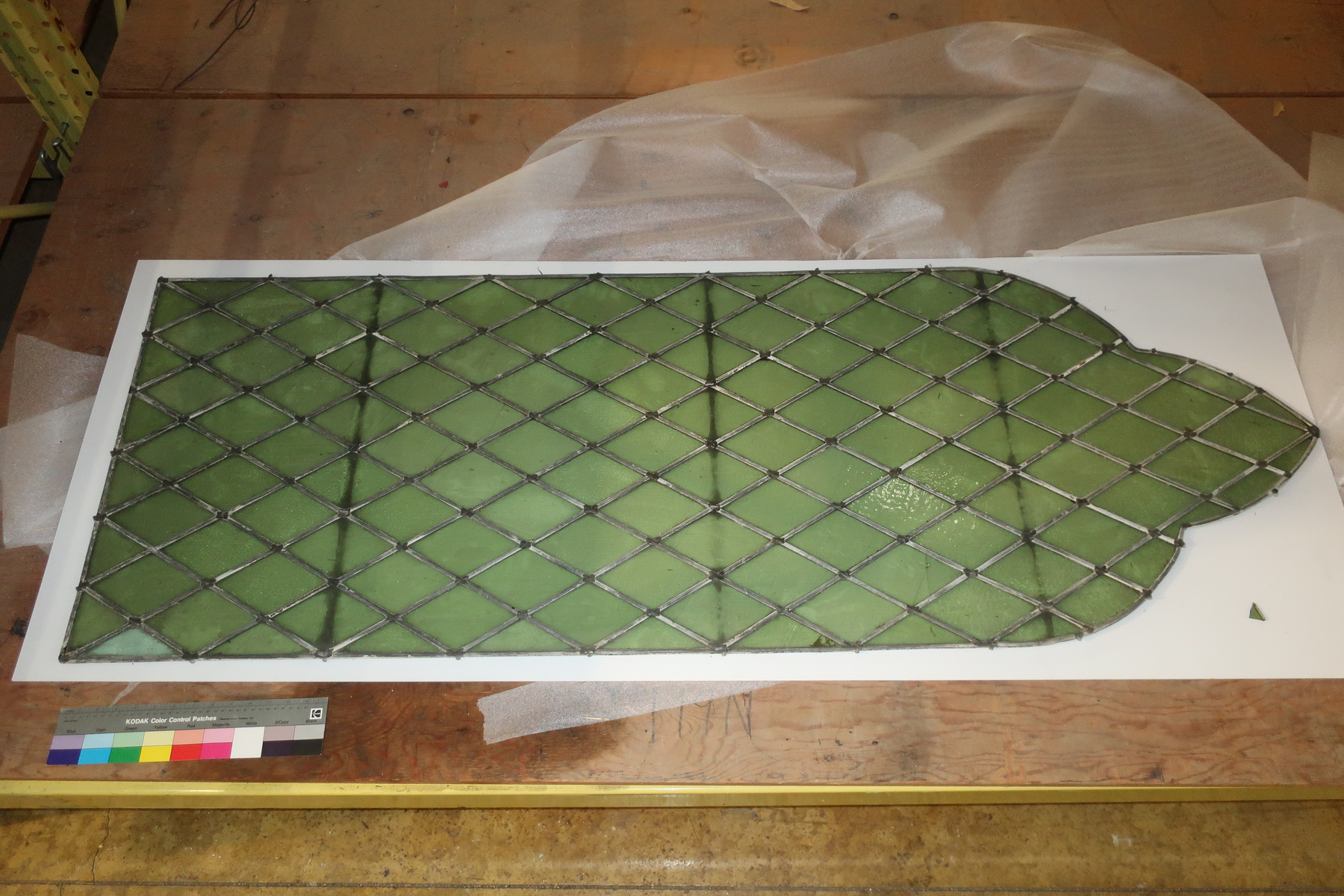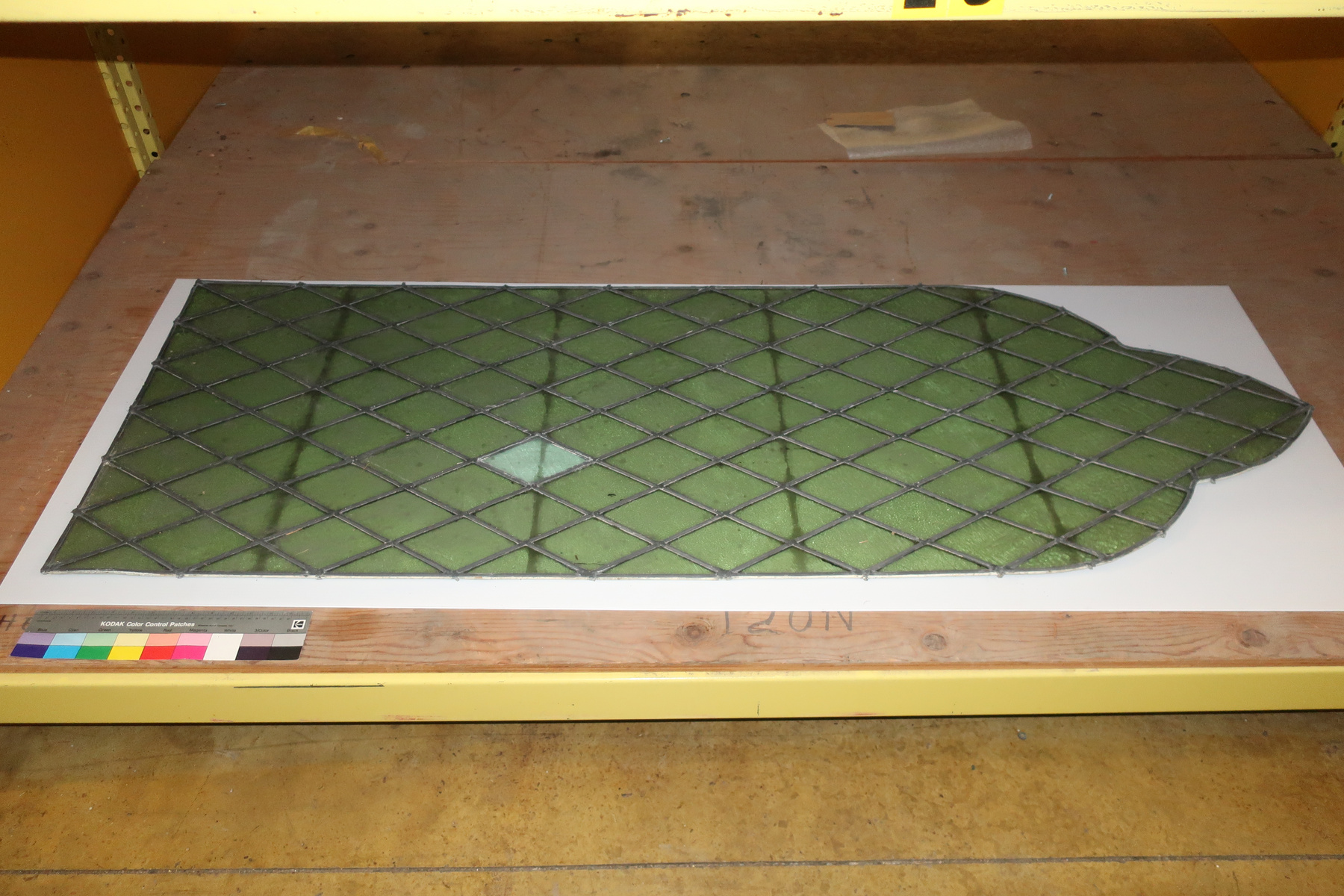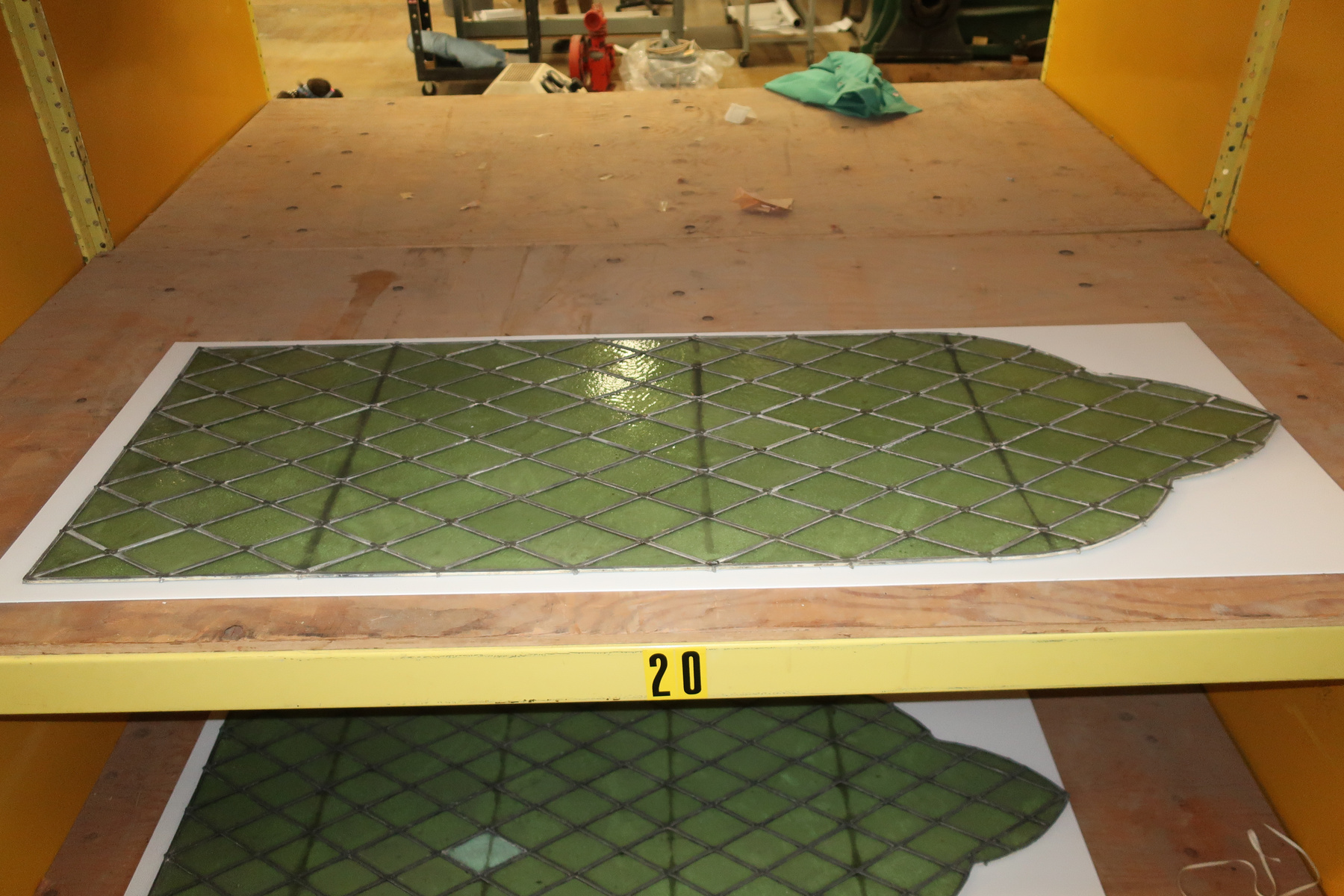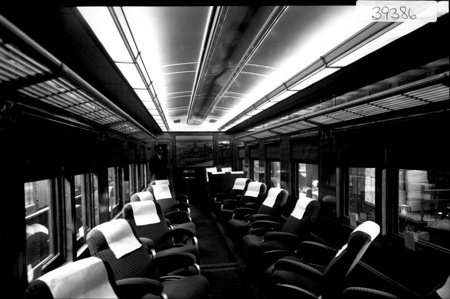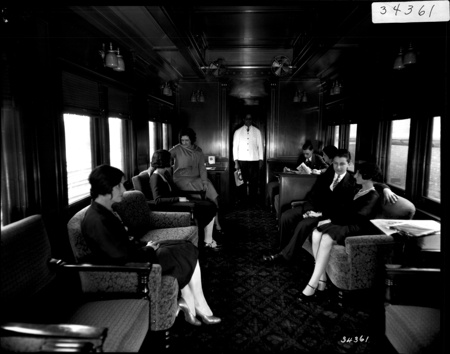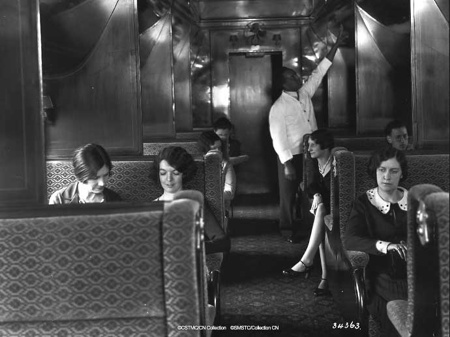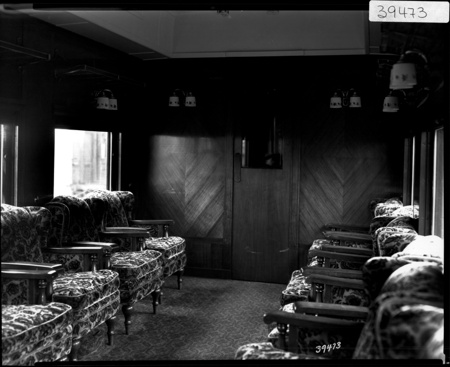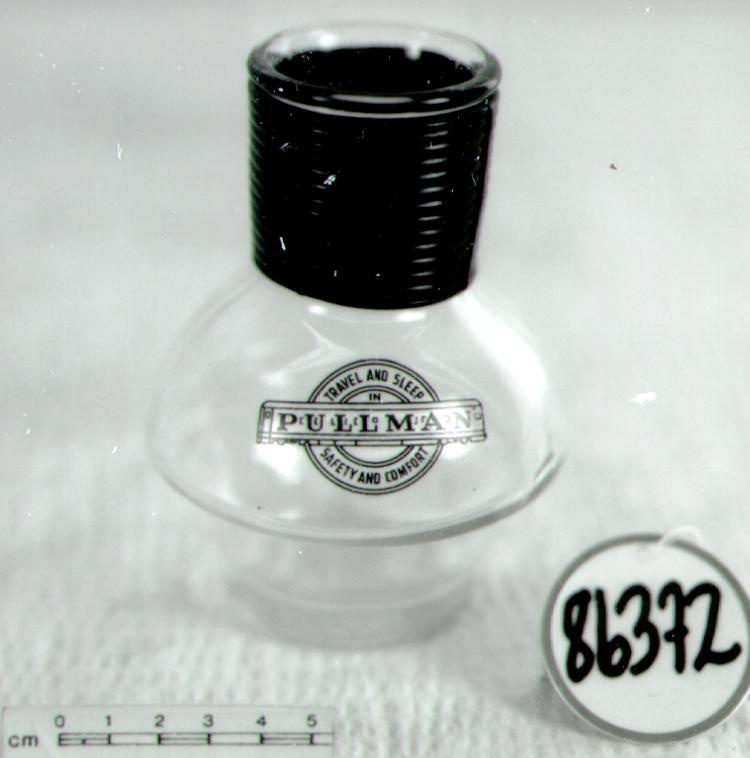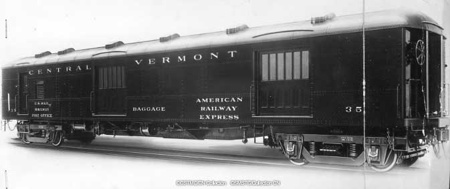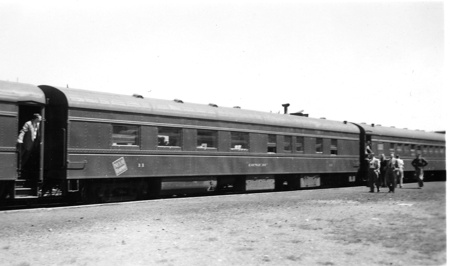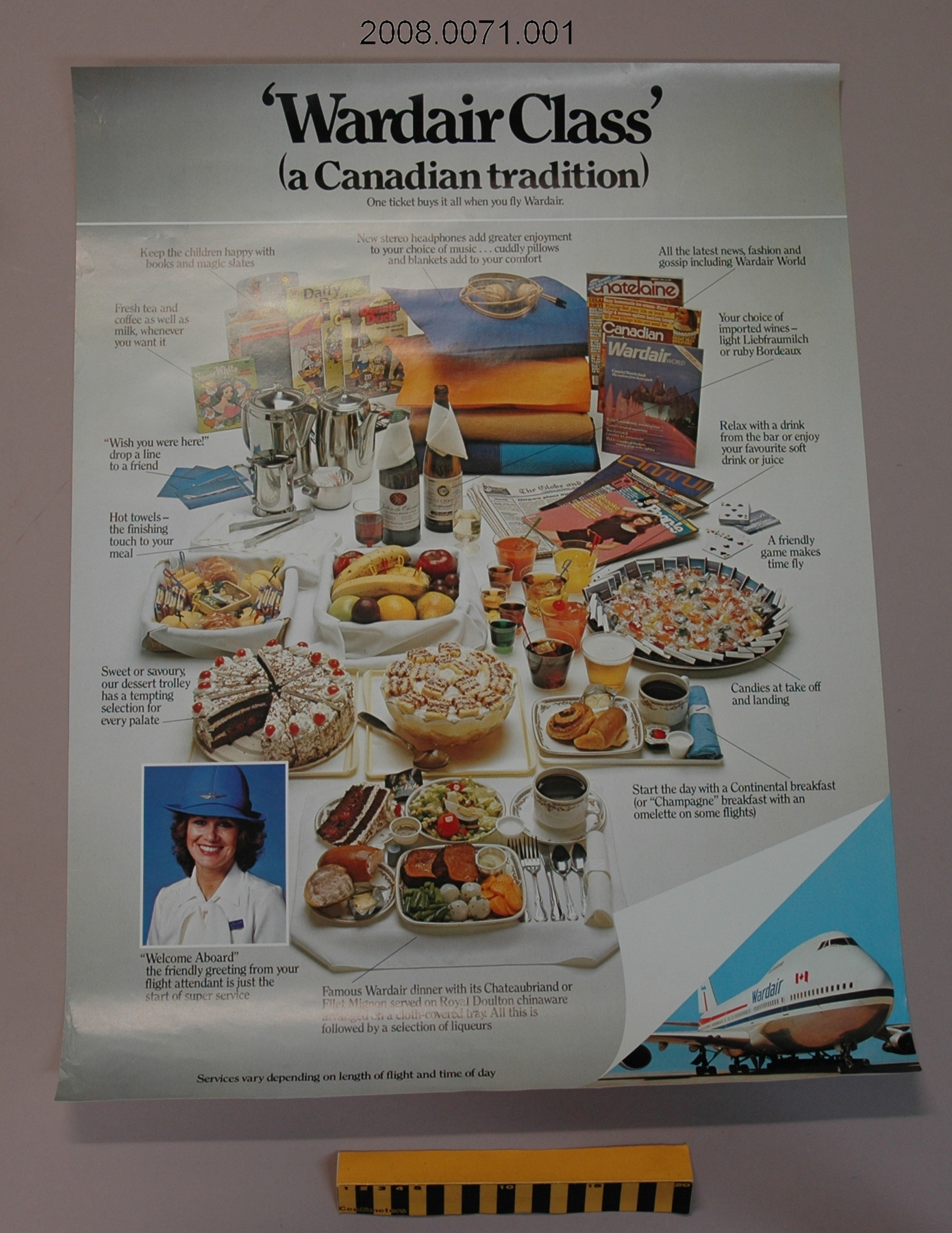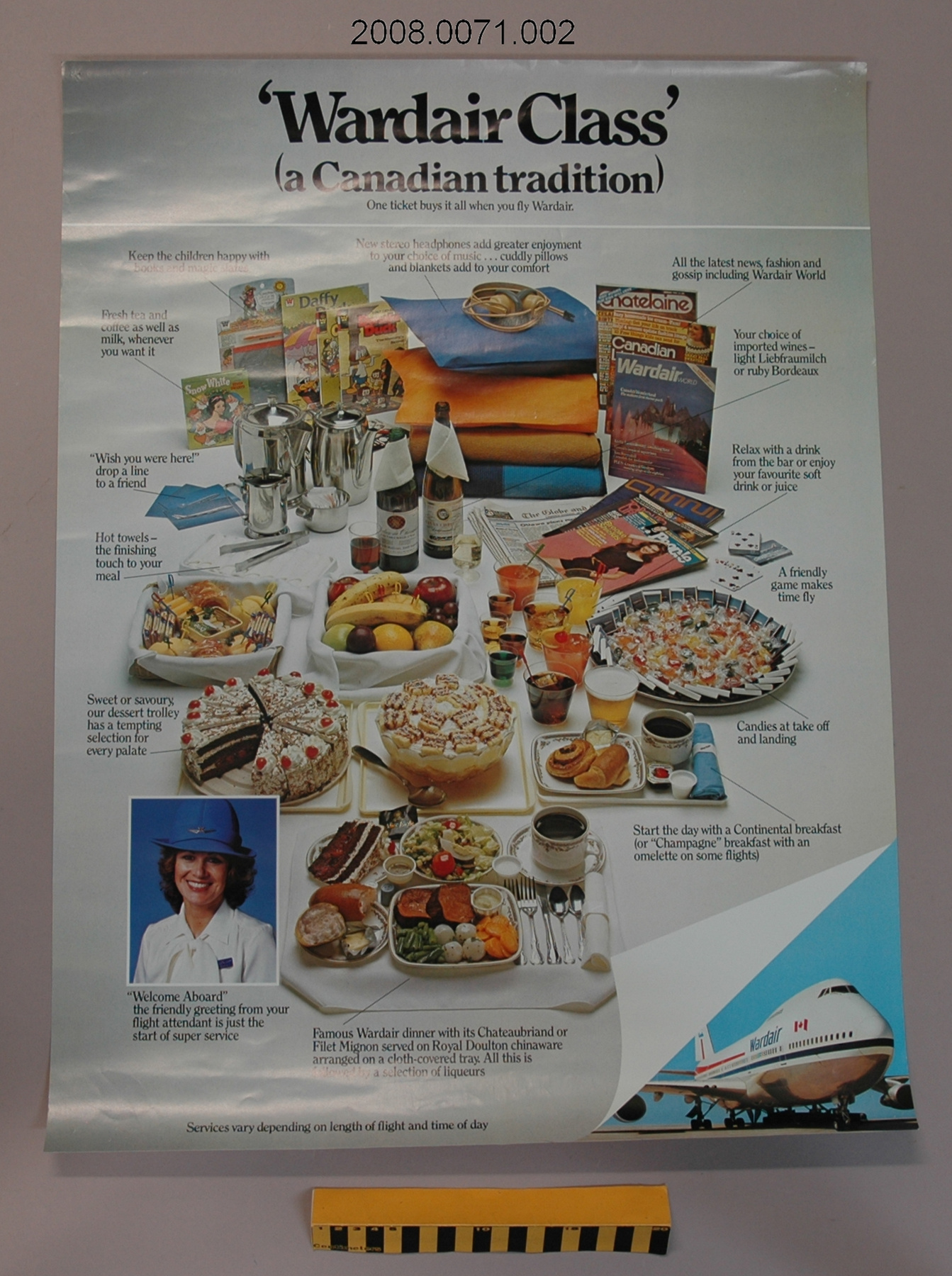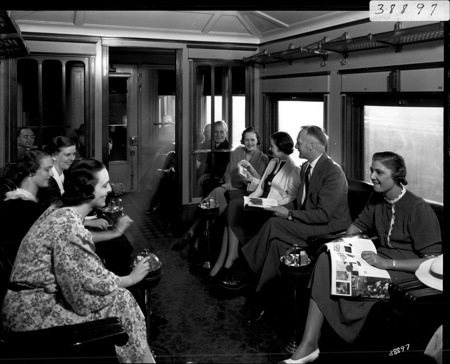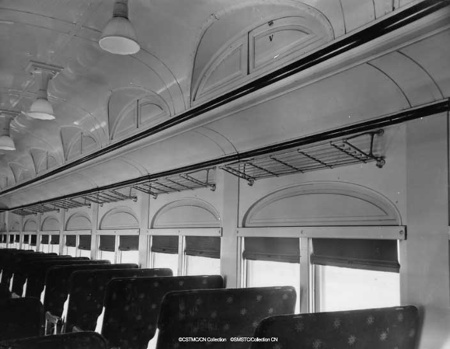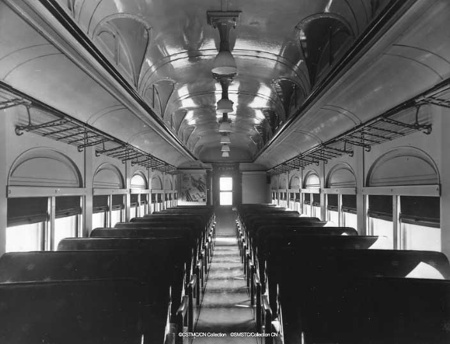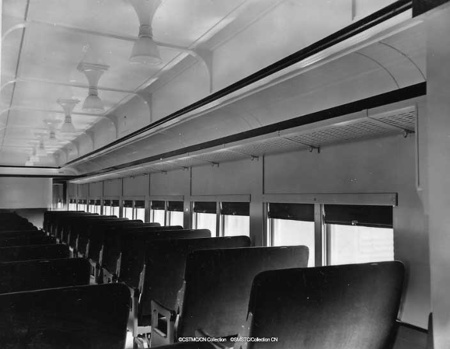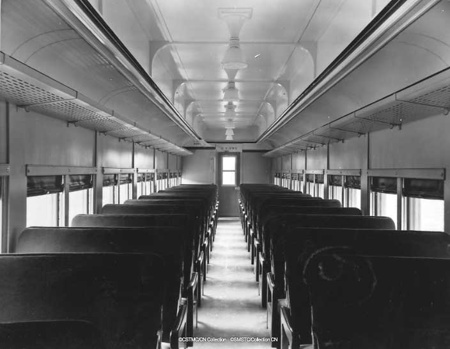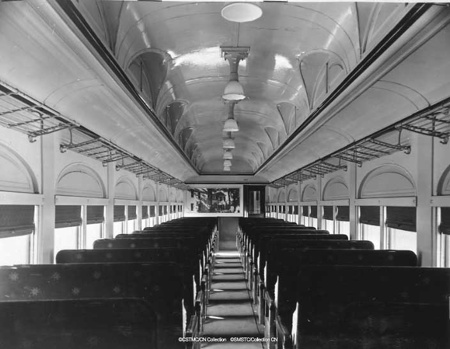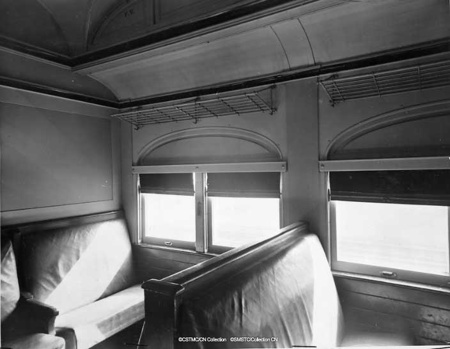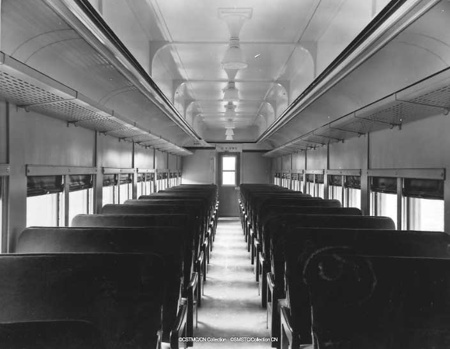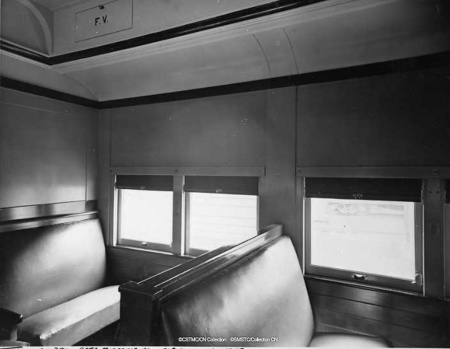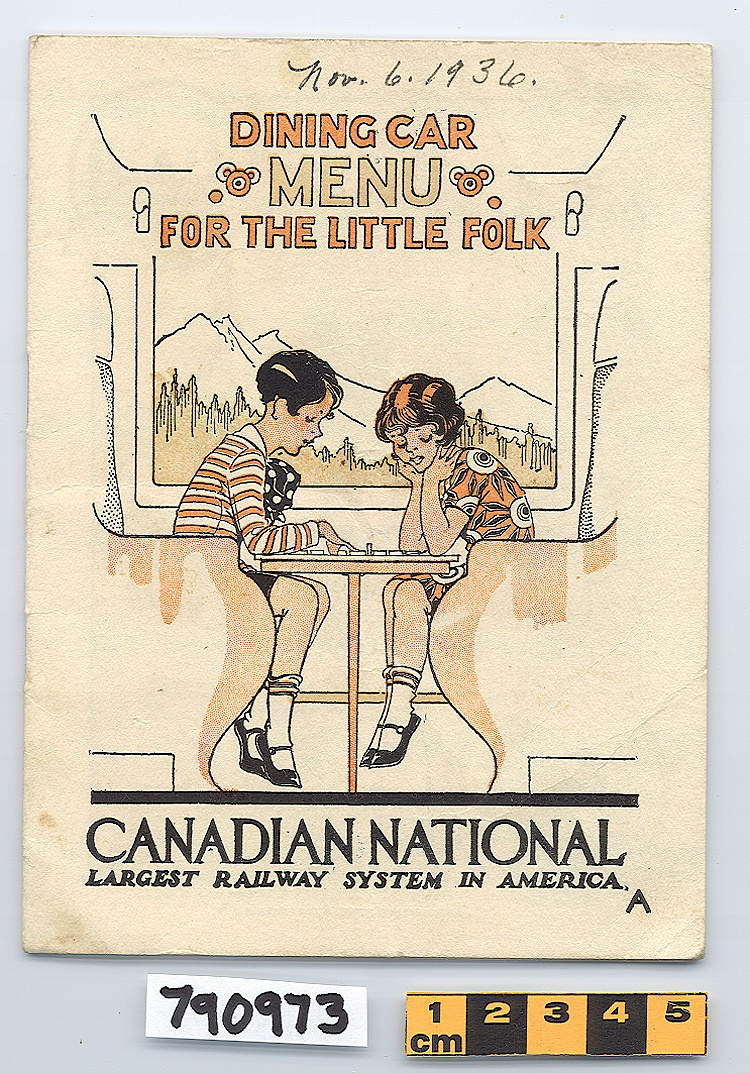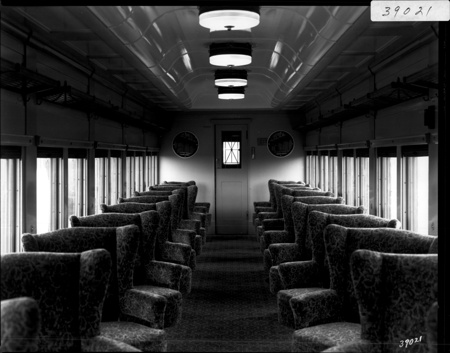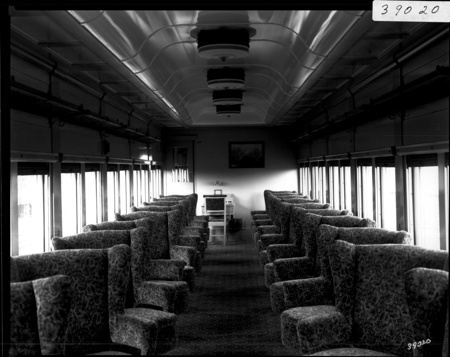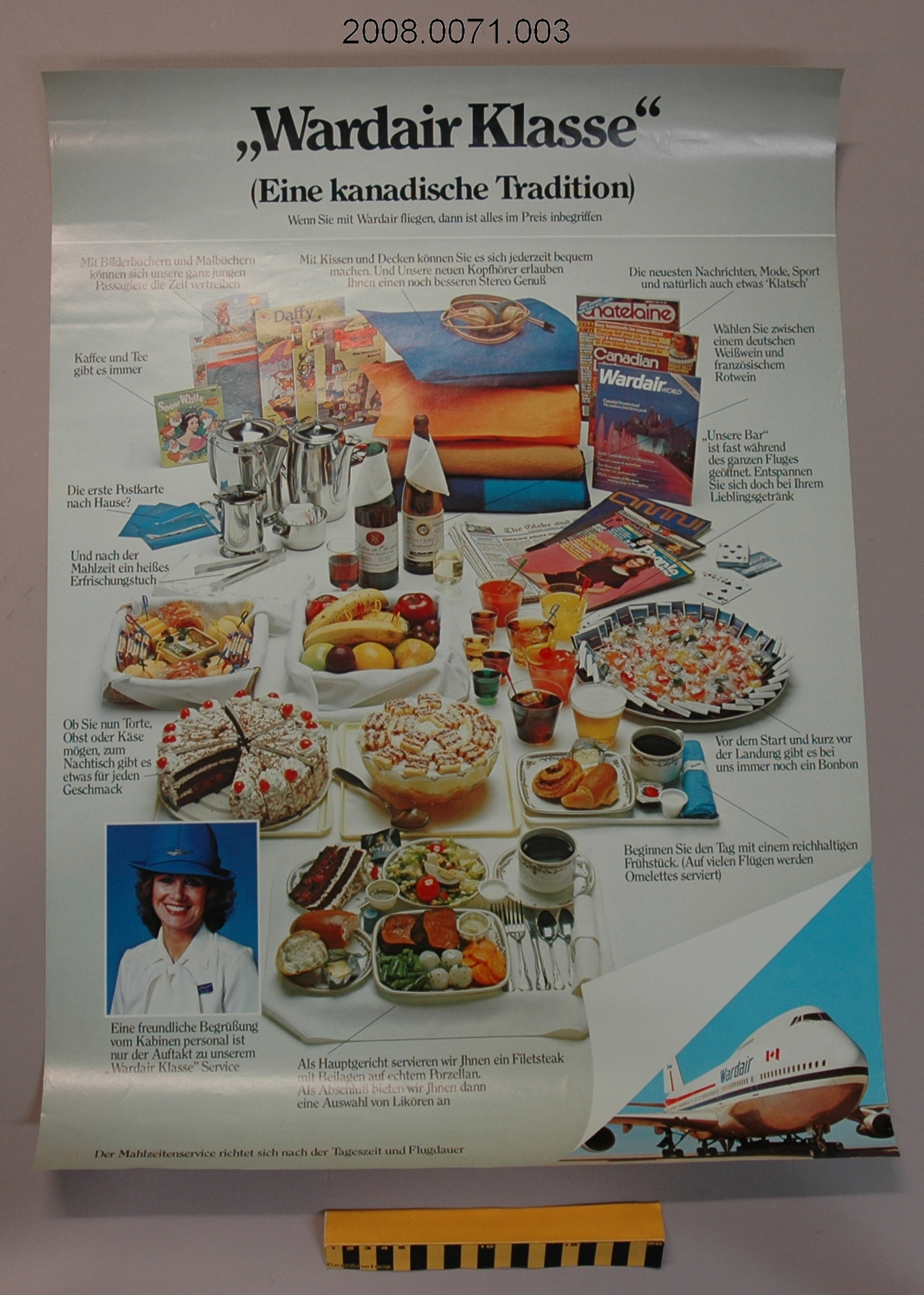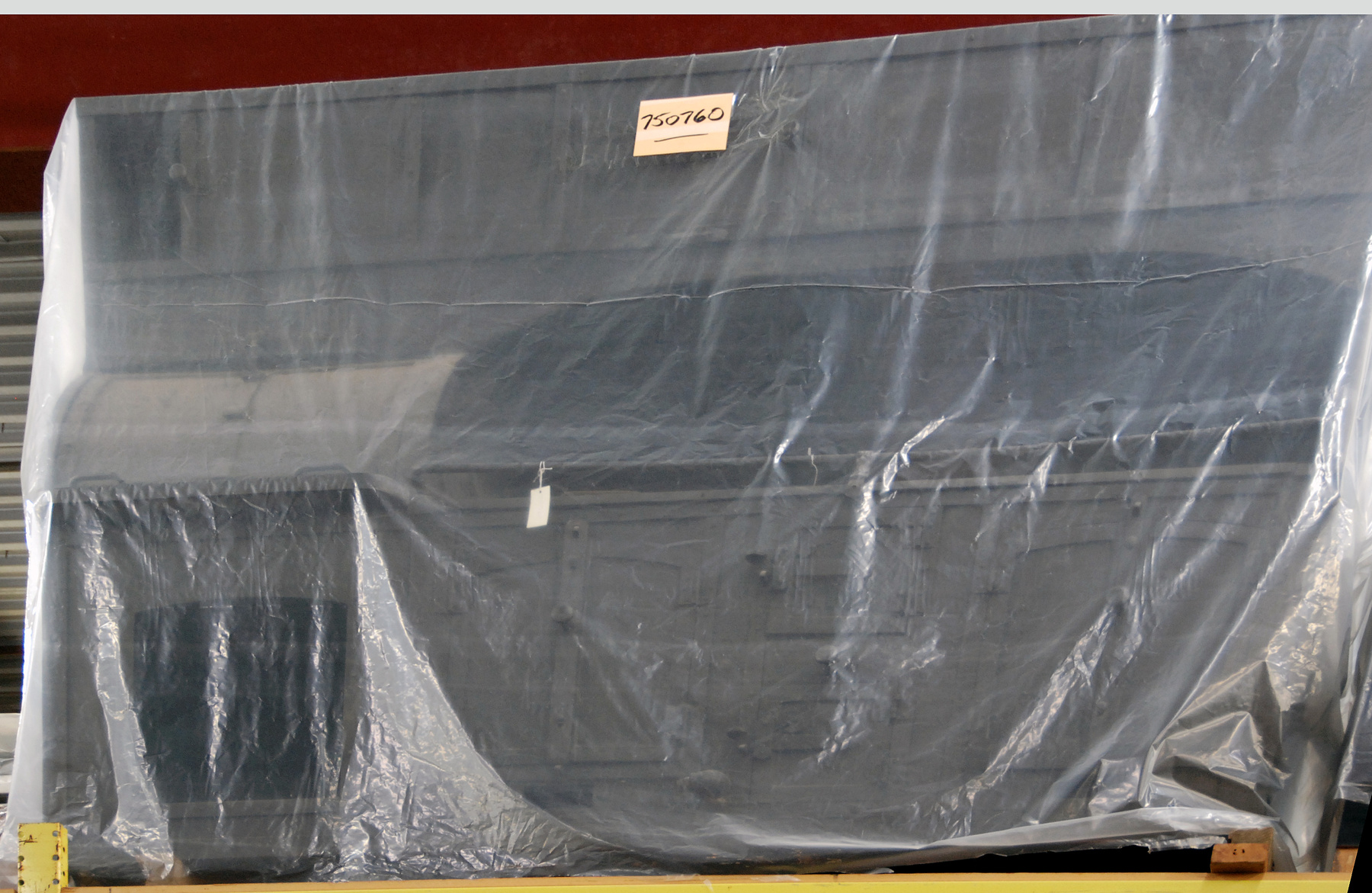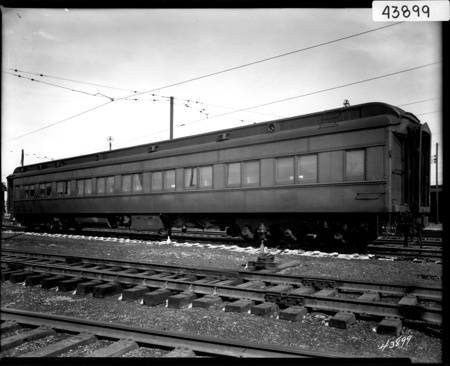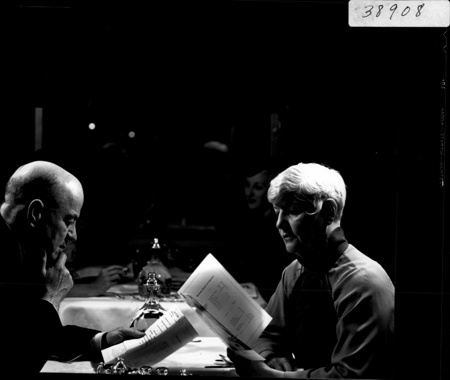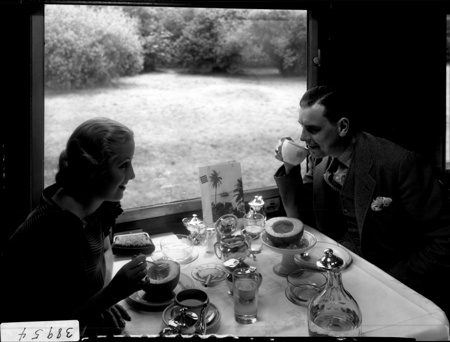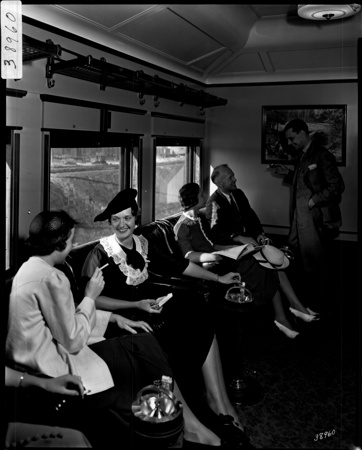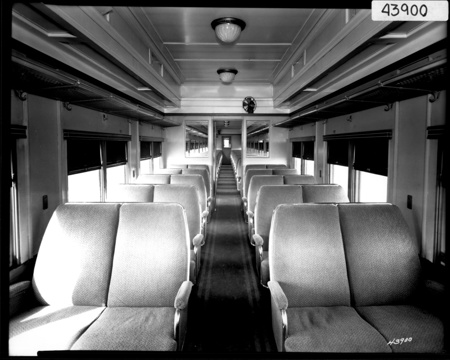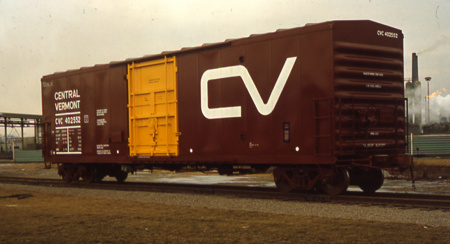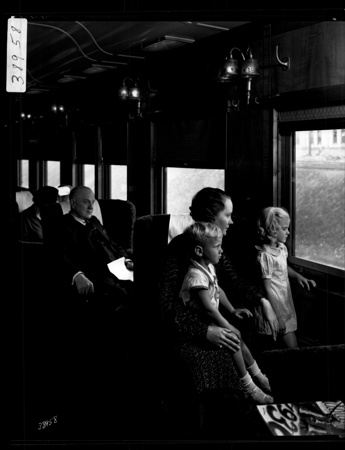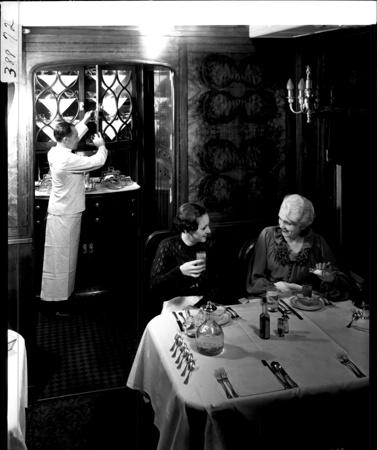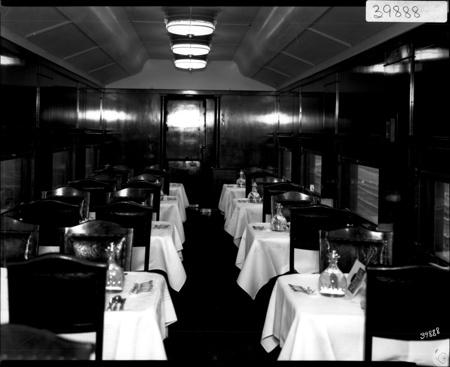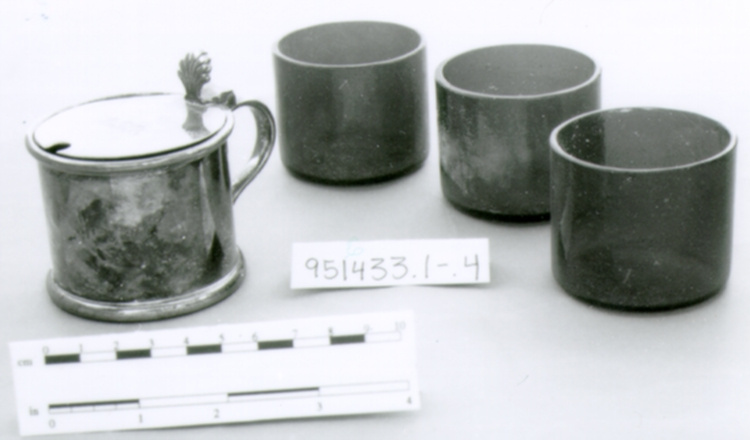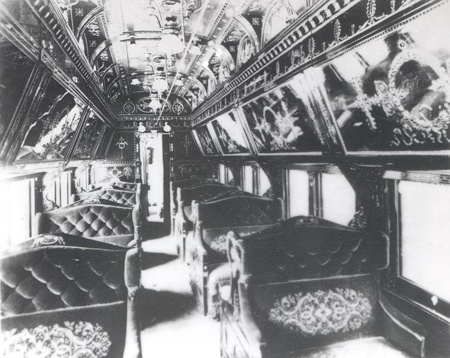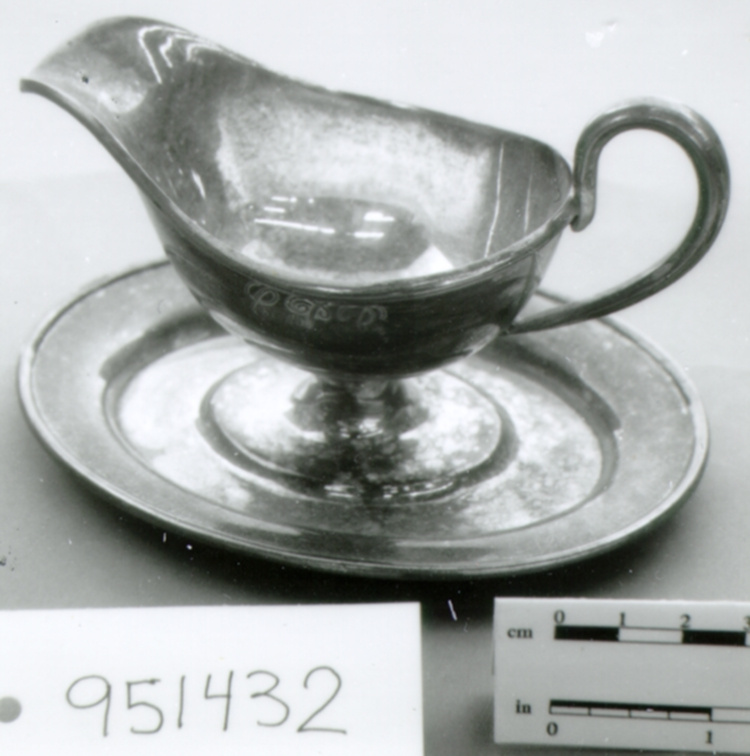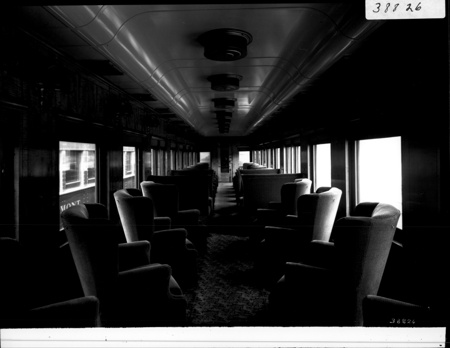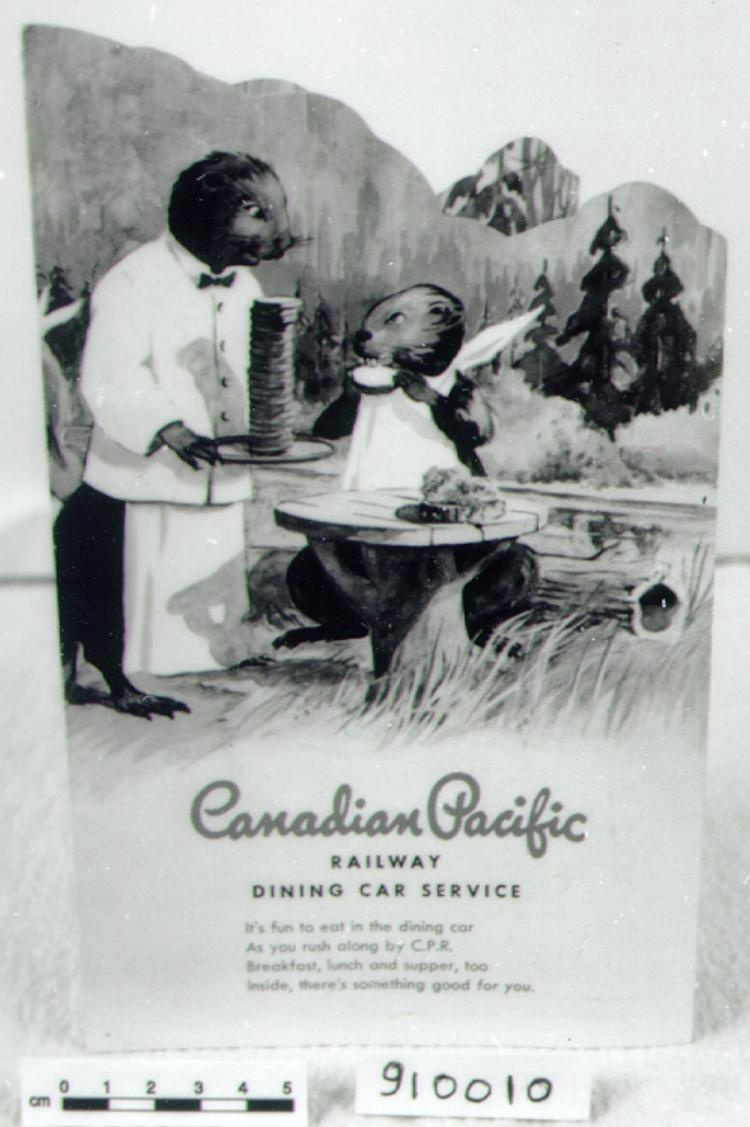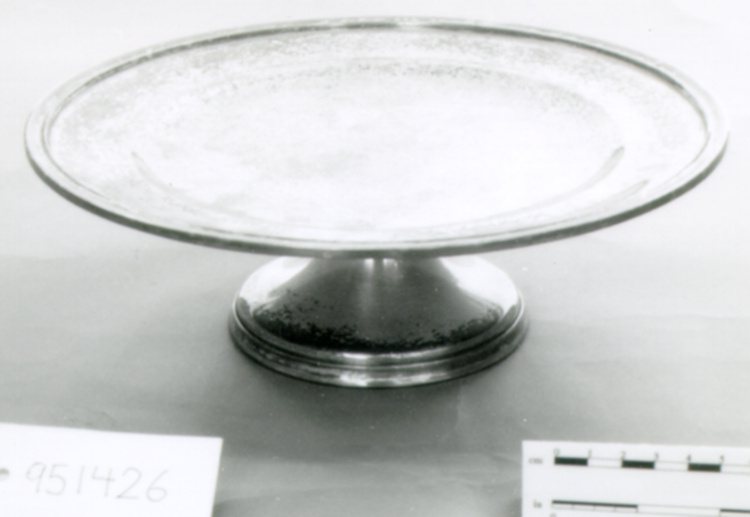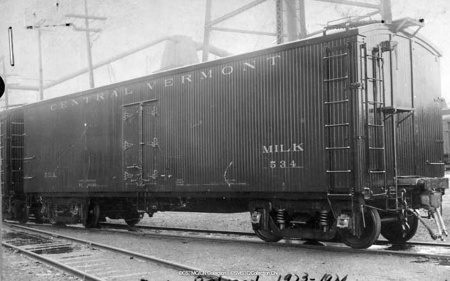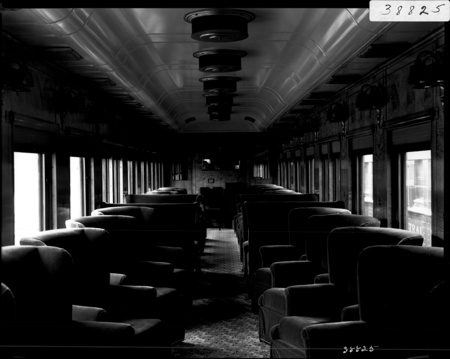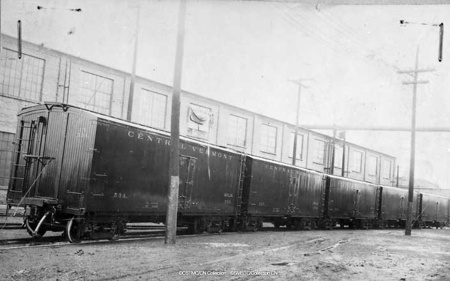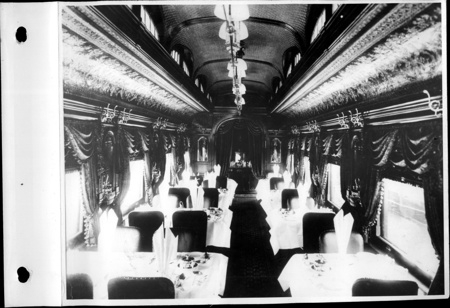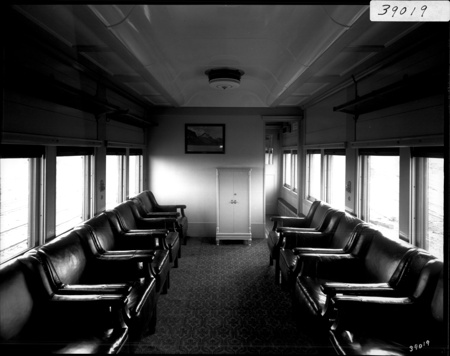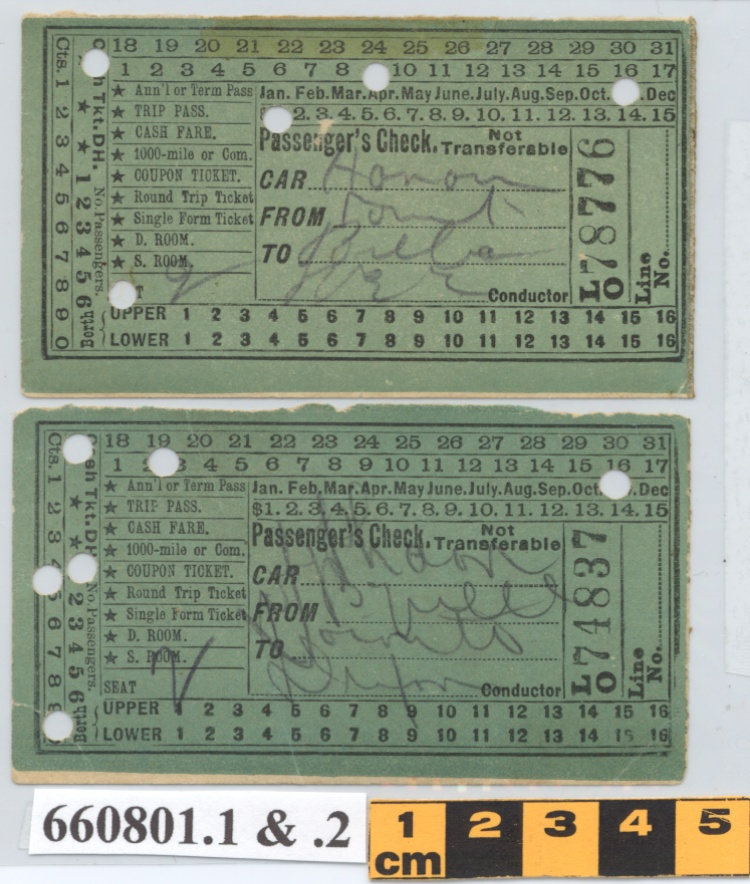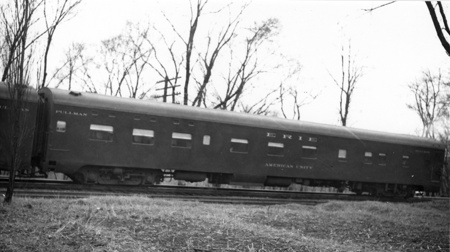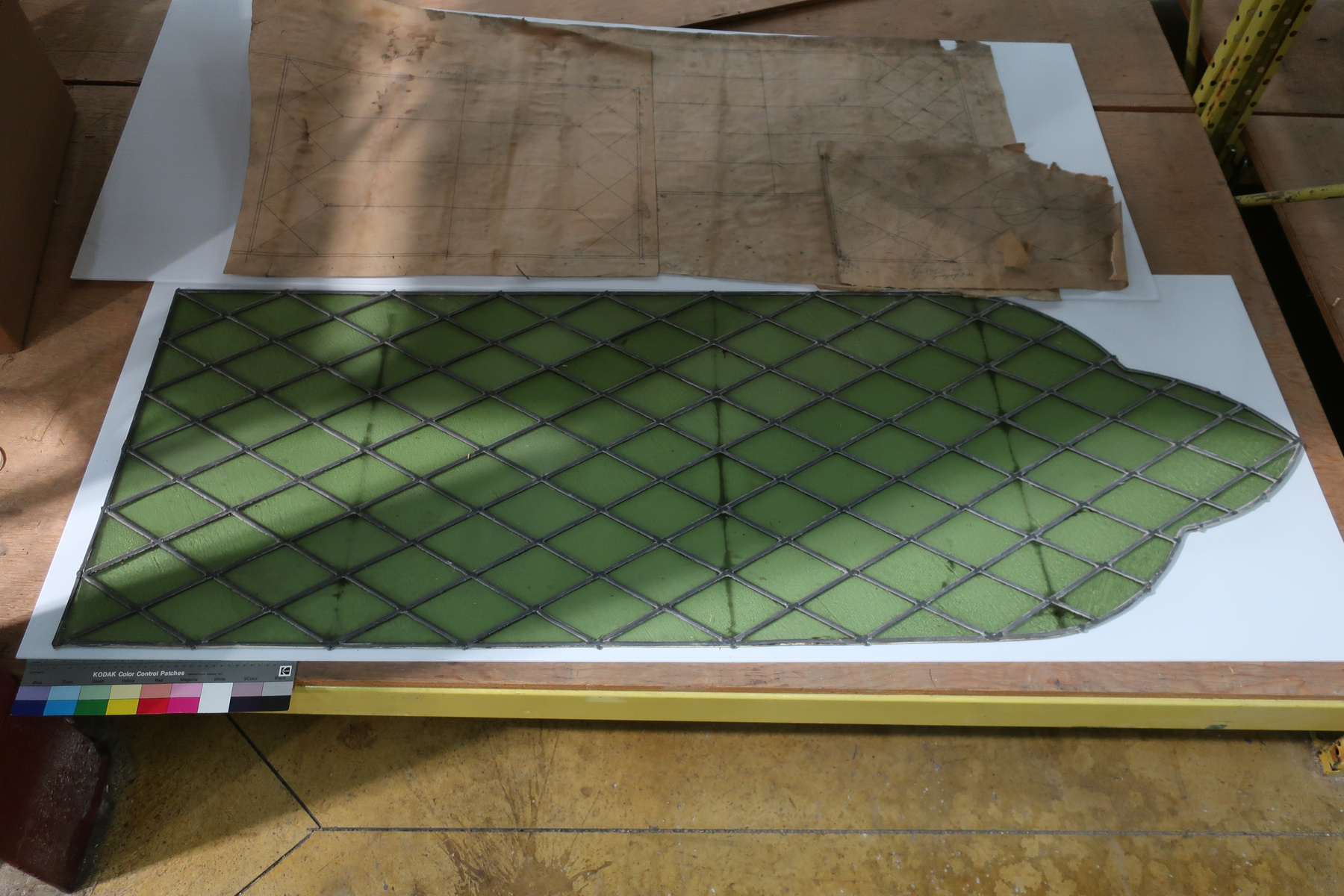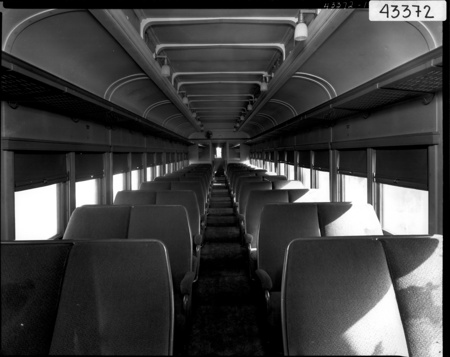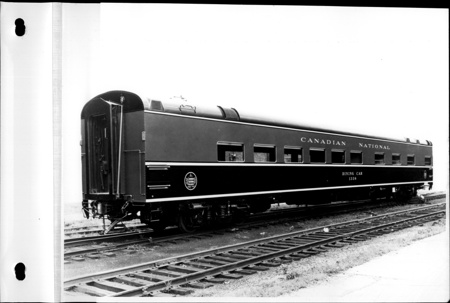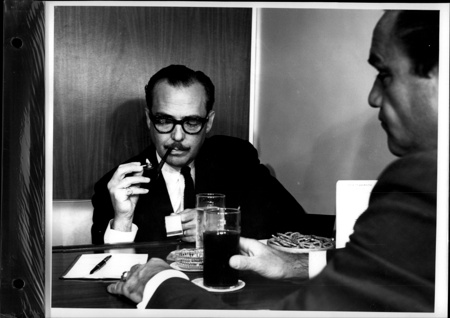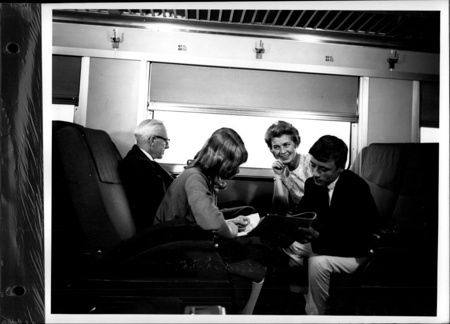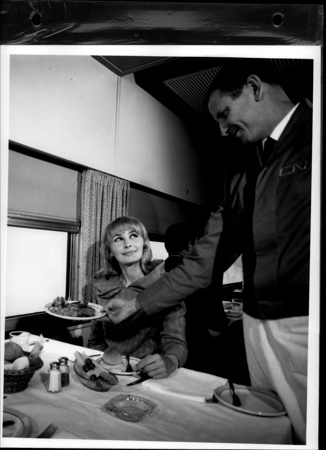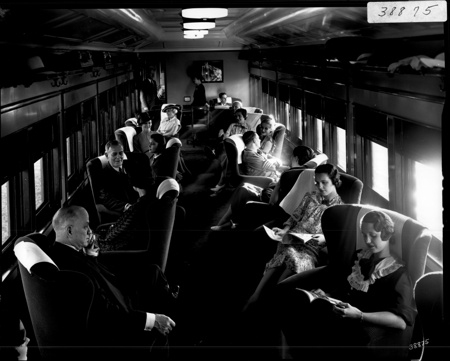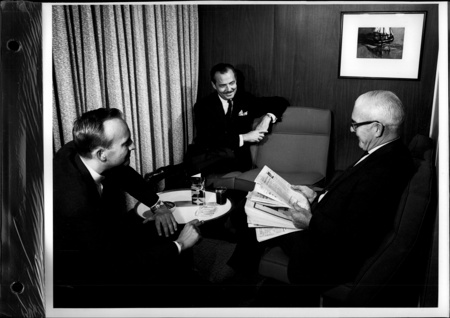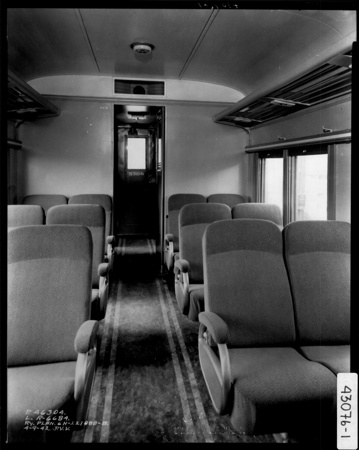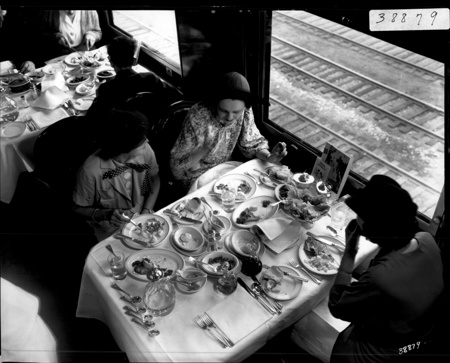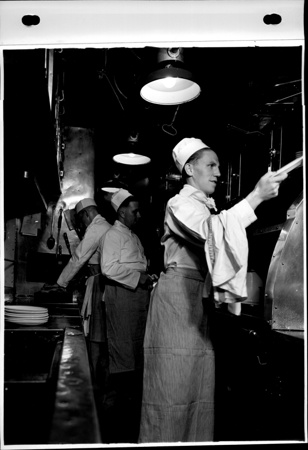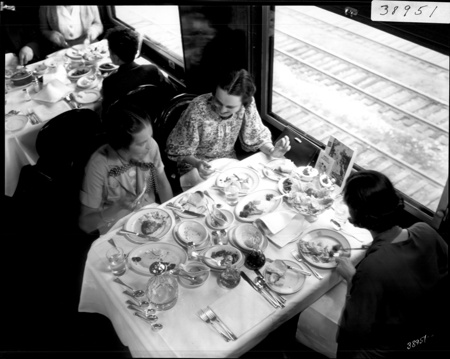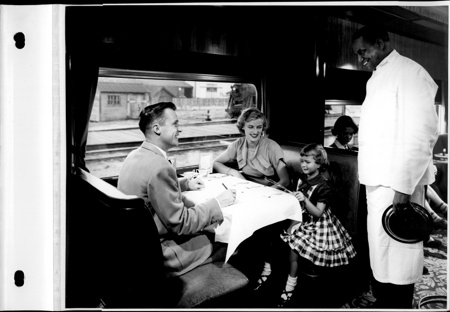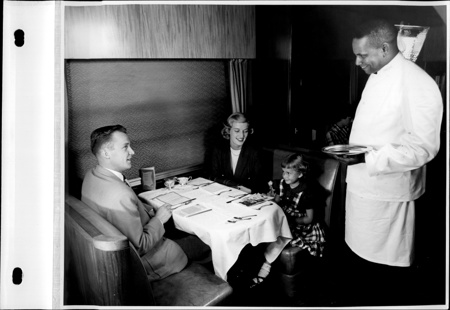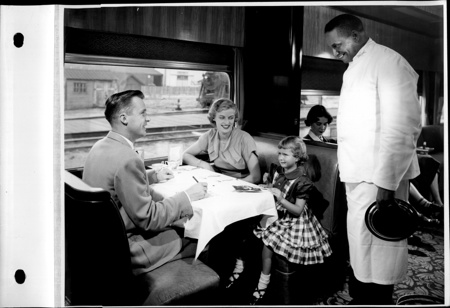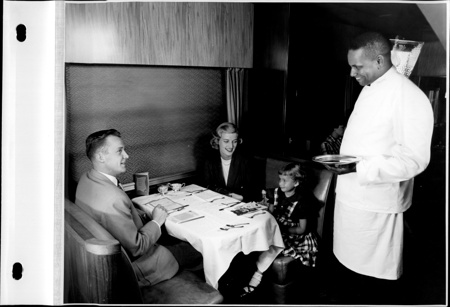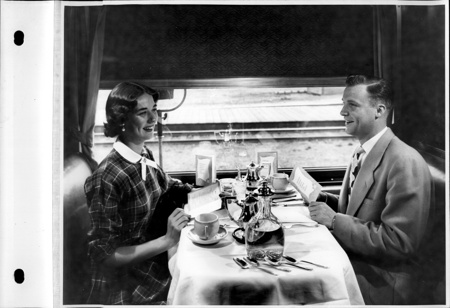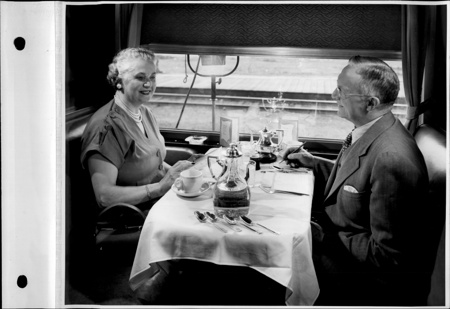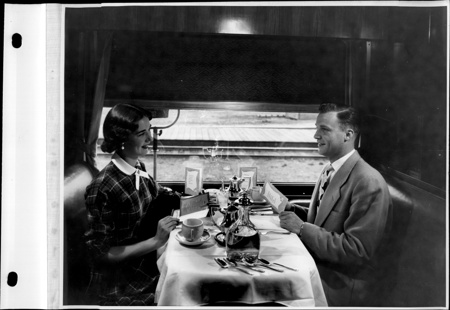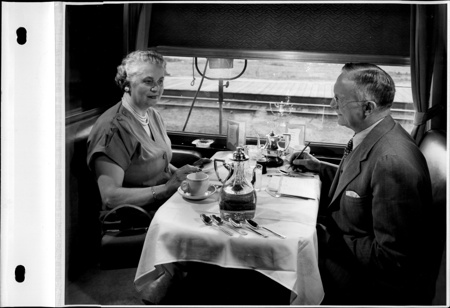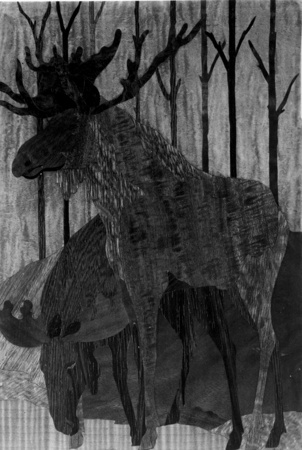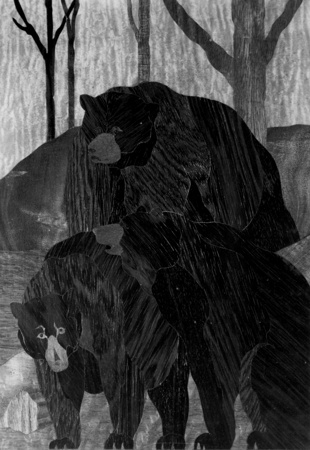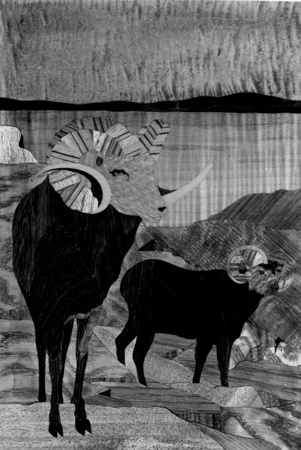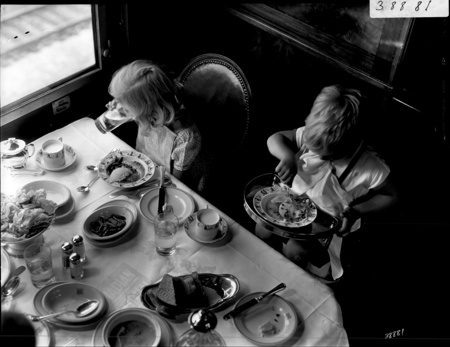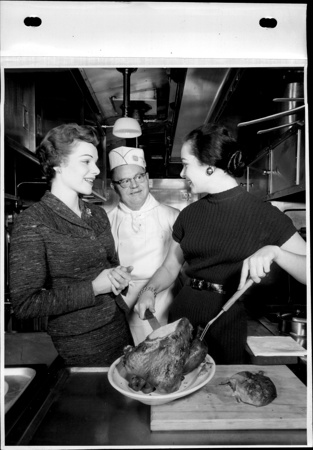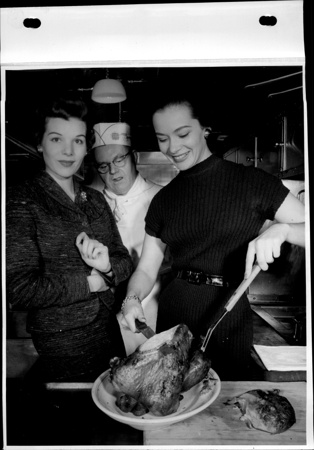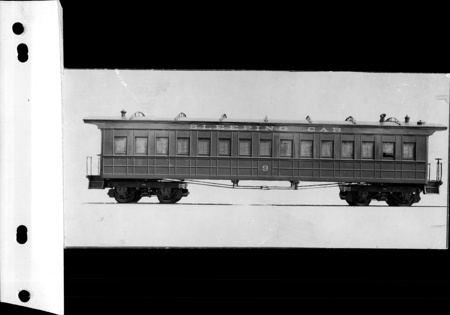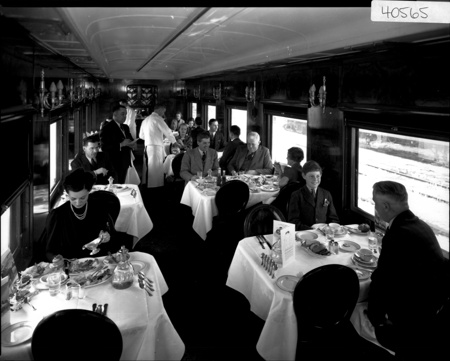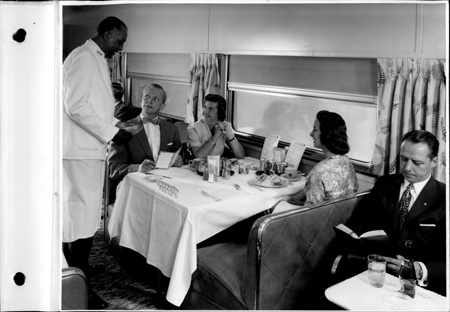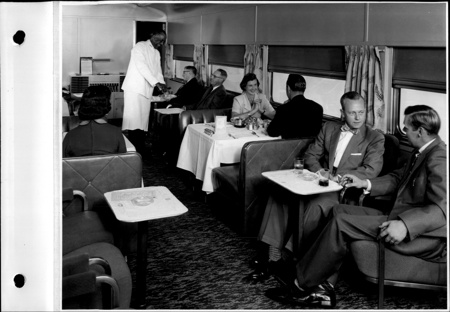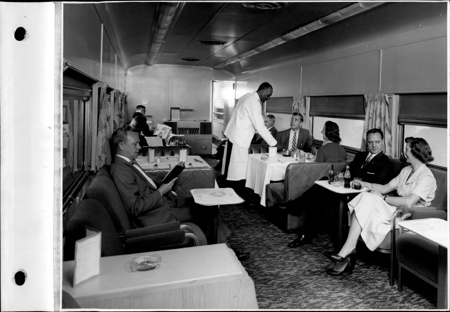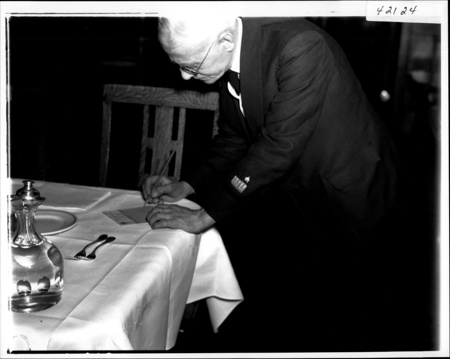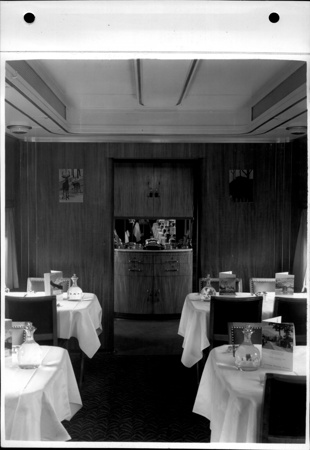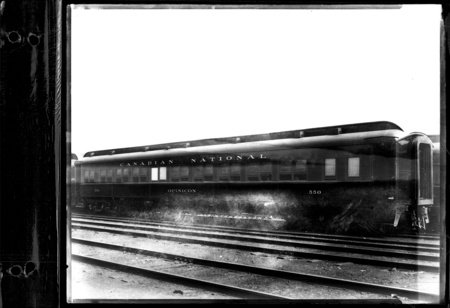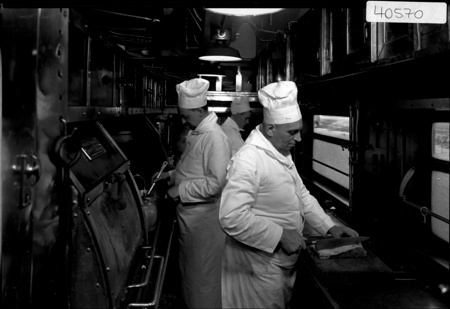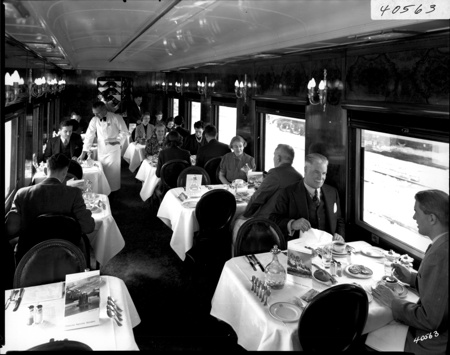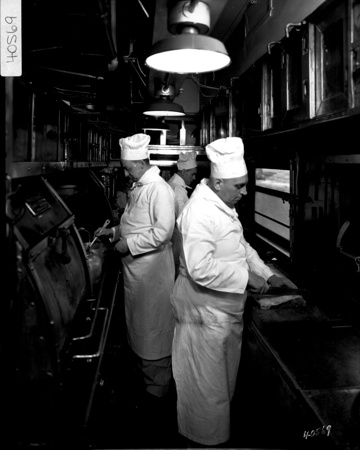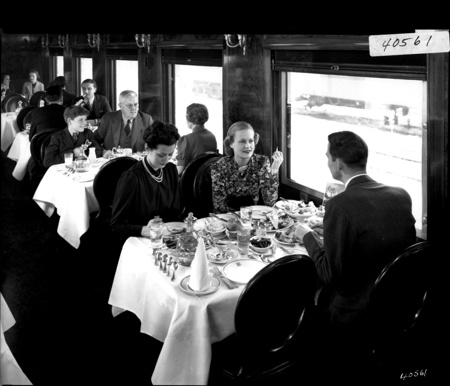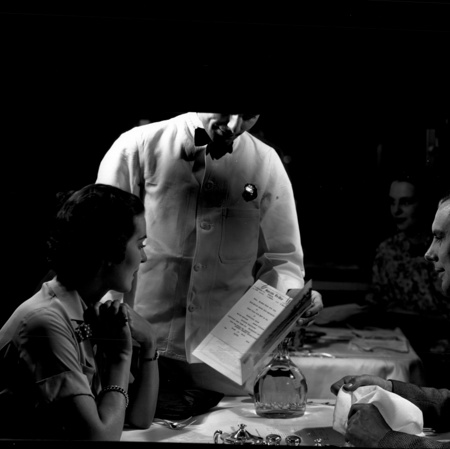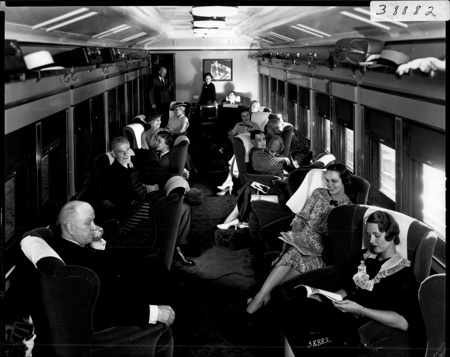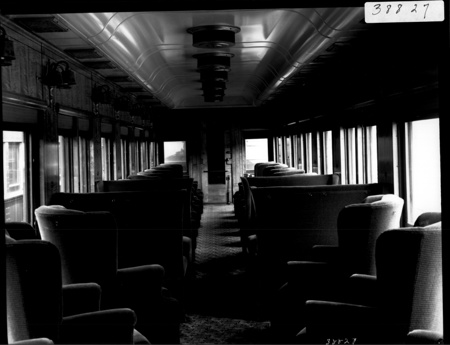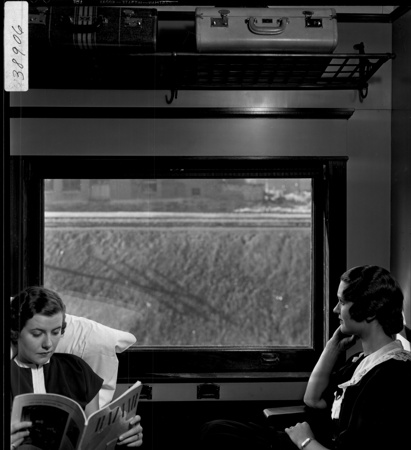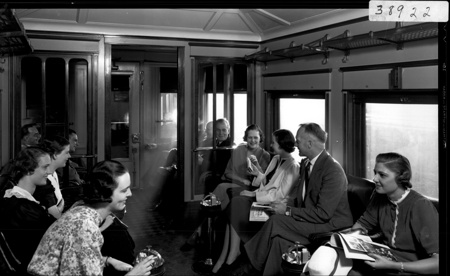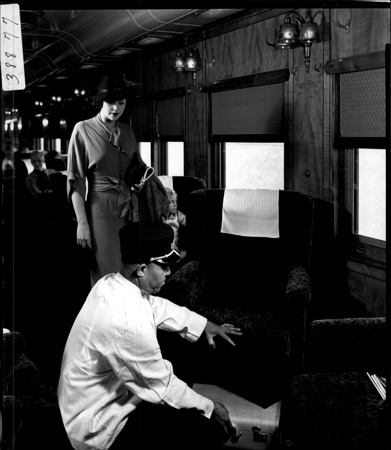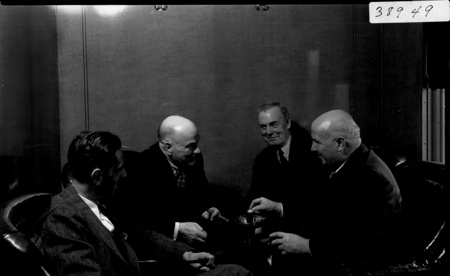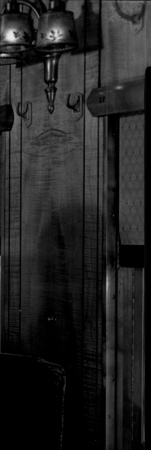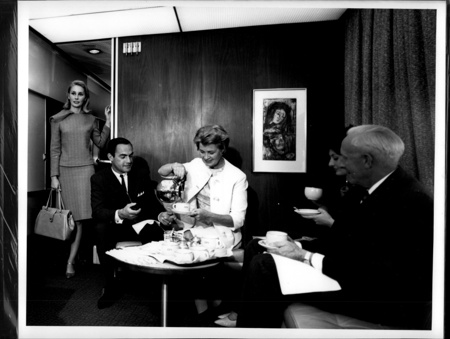Fenêtre
Utiliser cette image
Puis-je réutiliser cette image sans autorisation? Oui
Les images sur le portail de la collection d’Ingenium ont la licence Creative Commons suivante :
Copyright Ingenium / CC BY-NC-ND (Attribution-NonCommercial 4.0 International (CC BY-NC 4.0)
ATTRIBUER CETTE IMAGE
Ingenium,
1975.1109.002
Permalien:
Ingenium diffuse cette image sous le cadre de licence Creative Commons et encourage son téléchargement et sa réutilisation à des fins non commerciales. Veuillez mentionner Ingenium et citer le numéro de l’artefact.
TÉLÉCHARGER L’IMAGEACHETER CETTE IMAGE
Cette image peut être utilisée gratuitement pour des fins non commerciales.
Pour un usage commercial, veuillez consulter nos frais de reproduction et communiquer avec nous pour acheter l’image.
- TYPE D’OBJET
- S/O
- DATE
- Inconnu
- NUMÉRO DE L’ARTEFACT
- 1975.1109.002
- FABRICANT
- Inconnu
- MODÈLE
- Inconnu
- EMPLACEMENT
- Unknown
Plus d’information
Renseignements généraux
- Nº de série
- S/O
- Nº de partie
- 2
- Nombre total de parties
- 6
- Ou
- Divider panel
- Brevets
- S/O
- Description générale
- Glass panels with lead cames
Dimensions
Remarque : Cette information reflète la taille générale pour l’entreposage et ne représente pas nécessairement les véritables dimensions de l’objet.
- Longueur
- 181,0 cm
- Largeur
- 65,5 cm
- Hauteur
- 1,5 cm
- Épaisseur
- S/O
- Poids
- S/O
- Diamètre
- S/O
- Volume
- S/O
Lexique
- Groupe
- Transports ferroviaires
- Catégorie
- Wagon ferroviaire roulant
- Sous-catégorie
- S/O
Fabricant
- Ou
- Inconnu
- Pays
- Inconnu
- État/province
- Inconnu
- Ville
- Inconnu
Contexte
- Pays
- Inconnu
- État/province
- Inconnu
- Période
- Inconnu
- Canada
-
Despite the fact that passenger service was not a profitable one for many railways, it was the only means of long-distance travel for many decades and, therefore, an essential public service. As with others forms of public transport, the railway companies offered various classes and types of service. Each class of passenger would have access to different amenities and levels of comfort. The amenities offered would also depend on the duration of the journey – sleeping or dining cars would only be offered on longer trips, for example. The extravagance of the fittings and furnishings of the cars would also depend on the clientele. Railways, much like shipping companies, used their passenger services, especially the first-class amenities, as a way to promote rail travel by creating a stylish and sophisticated image of their services, their vehicles, and their companies. Though railway companies lavished most of their attention on first class coaches, they did not neglect their other passenger cars. They would not use the most expensive materials or techniques – solid wood paneling and intricate carved and inlaid wood decoration – but they still insisted on creating stylish spaces. The CVR dining car for which these panels were made is a perfect example of this design approach. The wooden car had attractive elliptical or arched leaded glass transom windows above the car body windows and elaborate pressed tin ceiling and wall panels that gave the impression of decorative plaster or wood work (1975.1107). - Fonction
-
To separate the dining area from the kitchen space on a railway dining car. - Technique
-
There are several methods for creating stained and coloured glass including the addition of different metallic salts. Since classical times, artists have used this glass to create decorative panels by arranging pieces of different shapes, textures, and colours in patterns or pictures using metal strips and a frame to hold them in place. In the mid-19th century, railway companies and coach manufacturers began to pay more attention to their passengers by offering new services and improving the comfort and style of their coaches. Leading the way in this process were companies like Wagner and Pullman who produced a series of sleeping, parlour, and dining cars that came to be known as “palace cars” for their extravagant fittings and furnishings. In addition to the carved and inlaid wood paneling that was typical of these cars, designers also employed various forms of decorative glass work on windows, mirrors, cabinets, and dividers. In an average Pullman car, workers would use about 150 square feet of glass while the best parlour cars might have as much as 700 square feet. Though the CVR dining car was not nearly as extravagant as Wagner and Pullman coaches, it nevertheless shows that railways understood the importance of comfort and style in all classes of passenger service. These panels would have added a touch of romantic elegance to the dining car’s interior along with the transom arches which dressed up the interior and the otherwise generic exterior of this passenger coach. - Notes sur la région
-
Inconnu
Détails
- Marques
- None apparent
- Manque
- Appears complete
- Fini
- Green, textured glass set in dark grey lead cames.
- Décoration
- S/O
FAIRE RÉFÉRENCE À CET OBJET
Si vous souhaitez publier de l’information sur cet objet de collection, veuillez indiquer ce qui suit :
Fabricant inconnu, Fenêtre, Date inconnue, Numéro de l'artefact 1975.1109, Ingenium - Musées des sciences et de l'innovation du Canada, http://collection.ingeniumcanada.org/fr/id/1975.1109.002/
RÉTROACTION
Envoyer une question ou un commentaire sur cet artefact.
Plus comme ceci
